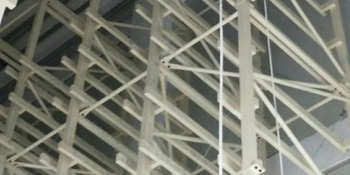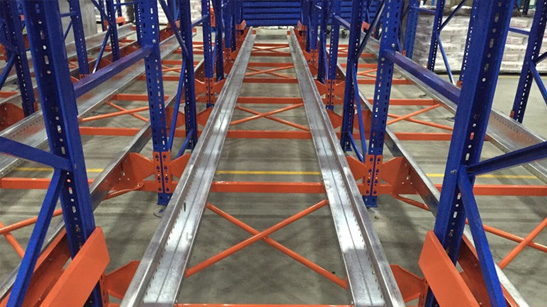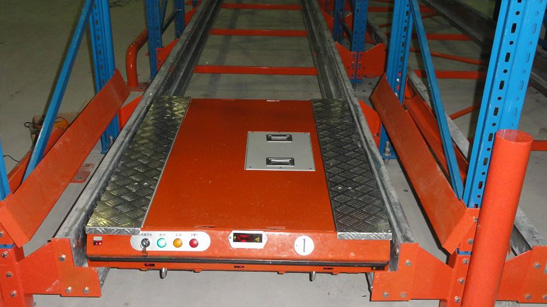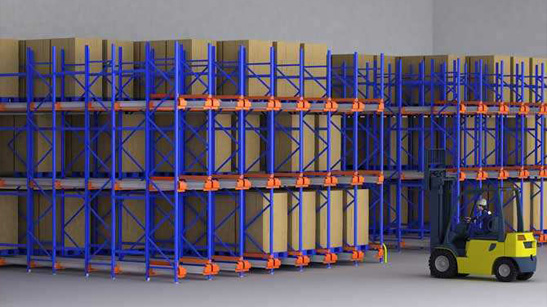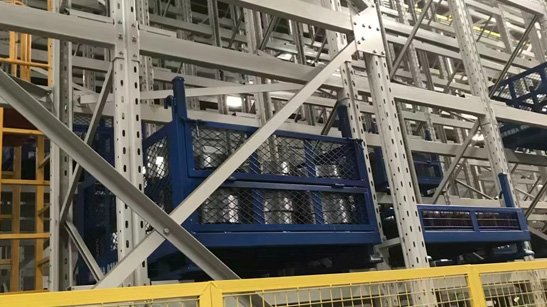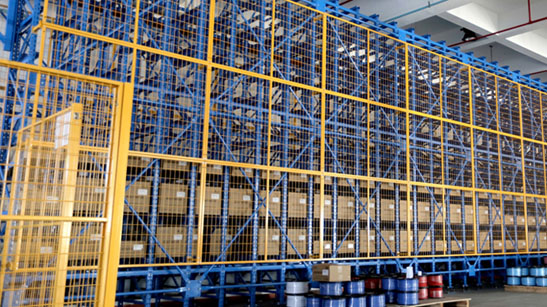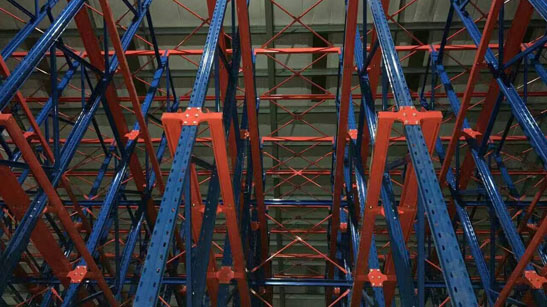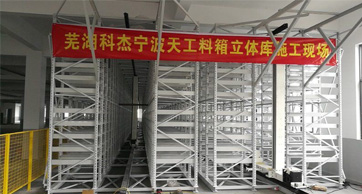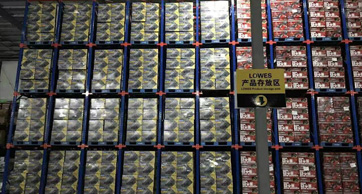Brief Description of Medium B Shelf Products:
Medium B shelf is a kind of medium shelf and a kind of name of shelf specifications. In order to distinguish, shelves of different specifications are usually given different names. The basis for naming is not absolute. Each enterprise may have its own standards, and generally it is in accordance with market practice. Our Suzhou Creed Shelf Company specializes in the production of all kinds of shelves. It integrates installation and transportation, provides comprehensive services and provides customers with satisfactory shelves.
Medium-b shelf has unique shape and beautiful appearance. It adopts the structure of connecting pillars and beams. It is plug-in combination. It is simple in structure and easy to install and disassemble. The height of the adjusting layer of the beams is 50mm pitch. It is suitable for the case of large carrying capacity and long beams. The load of each layer of medium-sized shelf reaches 250-800kg, which is used for manual access of goods.
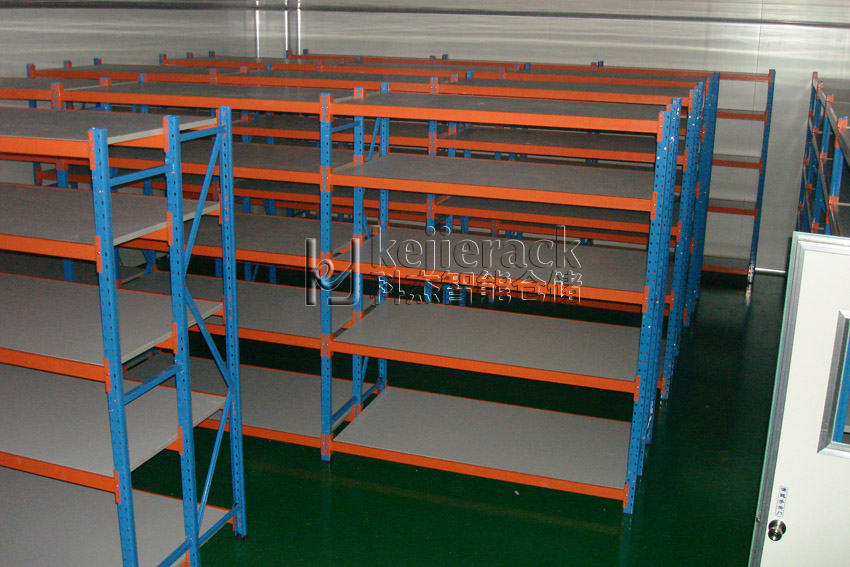
Medium B shelf features:
Medium-b shelves are characterized by low cost, safety and reliability, simple assembly and disassembly. They can be used alone or joined freely into various arrangement modes.
Medium B shelf applications:
Medium B shelf is suitable for manual access operation, and suitable for heavy load and long unit shelf. At present, many domestic warehouses are used in a small scale. Medium-sized shelves are widely used in all walks of life because of their own characteristics and high cost performance.
Medium B shelf structure:
Medium-b shelf is assembled by pillars, beams, cross braces, diagonal braces and self-locking bolts, which can effectively prevent the shelf from losing stability after loosening the bolts. Special cold-rolled P-shaped closed beams are used for cross beams. The column clamp is connected with the column with a special design safety pin, which can ensure that the beam will not fall off under the impact of external force; the laminate adopts the internationally popular strip laminate, the thickness of the laminate, and the number of reinforcing bars determines the laminate load requirements.
 Provide intelligent warehousing logistics equipment solutions business.
Provide intelligent warehousing logistics equipment solutions business.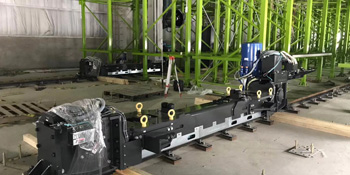 Continue to explore the possibility of user experience
Continue to explore the possibility of user experience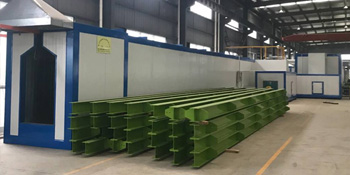 Our service is not a slogan, a concept or an advertisement. Our service is serious.
Our service is not a slogan, a concept or an advertisement. Our service is serious.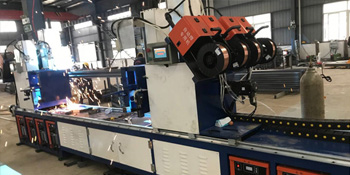 You are welcome to call for information or appointment.
You are welcome to call for information or appointment.
